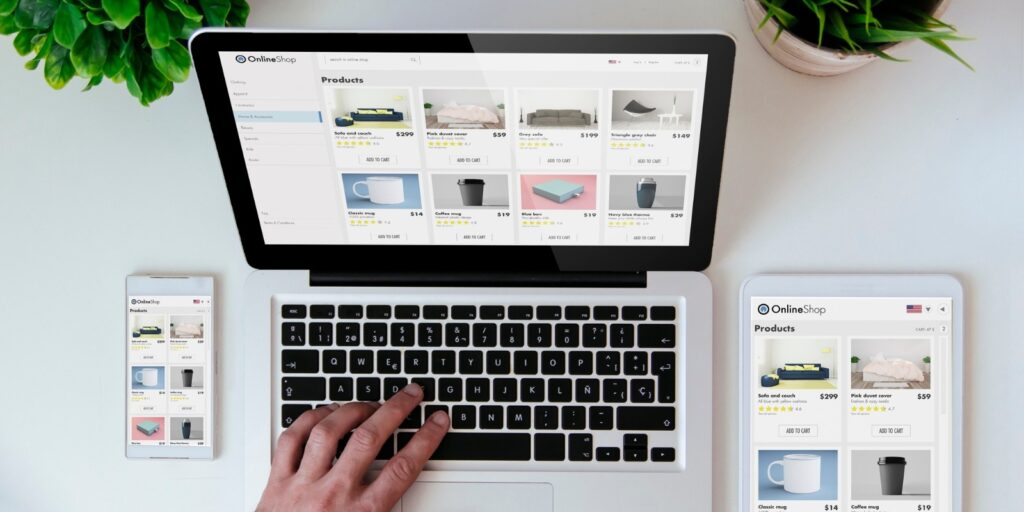Hands down the most challenging thing about marketing in the fresh produce industry is the inability to measure how marketing directly affects sales. With ever-increasing technology and online grocery shopping becoming the norm, there have become ways for brands to provide shoppers with a clear path to purchase that in return, creates quantifiable results that help measure intent to purchase. Here’s how…
Measuring Purchase Intent
Store Locator Software
Having a store locator available on your company website is a great way to correlate marketing with purchase intent without an e-commerce platform. Store locators help customers know exactly which retailers near them carry the product, eliminating a huge barrier to purchasing.
Destini is a store locator service provider that we work with often. The one drawback? It costs a pretty penny.
- Measuring Purchase Intent: You’ve driven traffic to the store locator now how is that affecting visits to your website? Which locations (cities, states) are people mostly drawn to when seeking your products? This information should help you facilitate a better conversation with your retail partner and shape future traffic driving strategies to those particular locations.
- Pro Tip: If a store locator falls outside of your 2021 budget, consider adding a list of retailers that sell your product to your website.
Geo-Targeting
If you know the zip codes where your products are sold, you can geo-target advertisements or emails to people living in those areas when your product is in store. If you have a shopper database rich with contact information and retailer preferences, you can email them to drive demand as well. No matter the method you try, you can attribute purchase intent with results garnered during either geo-targeted marketing activity and measure sales during the time when the product and advertisements were hosted to determine if the activity was a success.
- Measuring Purchase Intent: How well did your geo-targeted advertisements drive sales at the retailer where your product was available? What did you invest in the marketing activity and how much did the retailer sell of your product during the promotion time?
- Pro Tip: We recommend using social media to host geo-targeted advertisements and consider Google Ads as well.
Online Grocery Shopping
Most major retailers have installed an online ordering platform. If your product is sold at their stores, take your marketing a step further by linking from your assets (website, product pages, blog posts, emails, advertisements) to the product page on the retailer’s website. When your customers click, you know they were just one additional click away from purchasing your product, which is a stronger indicator of purchase intent and a low barrier to purchase.
- Measuring Purchase Intent: On a monthly basis, keep track of the click throughs from your marketing assets to the retailers website and report this information to your sales team. Keeping sales informed of these indicators of demand, can help them ask smart questions when speaking to the retail partner.
- Pro tip: Be sure the retail partner has an updated product photo on their website because, as you know, you eat with your eyes first!
Do you have questions about measuring purchase intent for your company or products? We’re happy to discuss with you. Contact us and let’s synergize.
{{cta(‘b719c973-8313-4ebb-b21a-65a2b6464100′,’justifycenter’)}}












